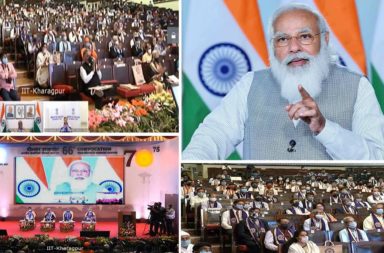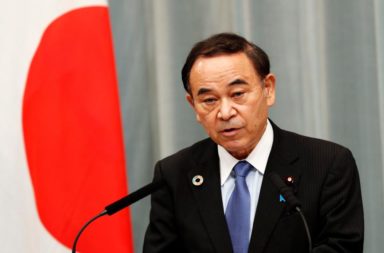In a worrying piece of news, India slipped on the Human Development Index (HDI), taking the 131st position this year, as compared to the 129th place a year ago. This was revealed in the 2020 Human Development Report, which was published by the United Nations Development Programme (UNDP). UNDP officials, however, clarified that this doesn’t imply other countries performed better than India.
While India is ranked 131, its neighbours Bhutan is ranked 129, Bangladesh 133, Nepal 142, and Pakistan 154, the report said. India had ranked 129 in 2018 in the index. Norway topped the index, followed by Ireland, Switzerland, Hong Kong and Iceland. Addressing the media, UNDP Resident Representative Shoko Noda said the drop in India’s ranking doesn’t mean “India didn’t do well but other countries did better”. He added that India can help other countries too and hailed its commitment towards cutting down carbon emissions.
Human Development Index is the measure of a nation’s health, education, and standards of living. According to the report, the life expectancy of Indians at birth in 2019 was 69.7 years. It is just a little worse than India’s neighbouring country Bangladesh which has a life expectancy of 72.6 years. The life expectancy in Pakistan at 67.3 years, the 2020 Report added.
UNDP resident representative Shoko Noda said the drop in India’s ranking doesn’t mean “India didn’t do well but other countries did better.” “India can help other countries too and lauded its commitment to reduce carbon emissions,’’ Noda said India can help other countries too and lauded its commitment to reduce carbon emissions. According to the report published by the United Nations Development Programme on Tuesday, India’s gross national income per capita fell to USD 6,681 in 2019 from USD 6,829 in 2018 on purchasing power parity (PPP) basis. Purchasing power parity or PPP is a measurement of prices in different countries using the prices of specific goods to compare the absolute purchasing power of the countries’ currencies.
The report said evidence from Colombia to India indicates that financial security and ownership of land improve women’s security and reduce the risk of gender-based violence, hereby indicating that owning land can empower women. It further said indigenous children in Cambodia, India and Thailand show more malnutrition-related issues such as stunting and wasting.
“In India, different responses in parent behaviour, as well as some disinvestment in girls’ health and education, have led to higher malnutrition among girls than among boys as a consequence of shocks likely linked to climate change,” the report said. The report said that under the Paris Agreement, India pledged to reduce the emission intensity of its GDP from the 2005 level by 33–35 per cent by 2030 and to obtain 40 per cent of electric power capacity from non–fossil fuel sources by 2030. “As part of the plan, the National Solar Mission aims to promote solar energy for power generation and other uses to make solar energy competitive with fossil fuel-based options. Solar capacity in India increased from 2.6 gigawatts in March 2014 to 30 gigawatts in July 2019, achieving its target of 20 gigawatts four years ahead of schedule. In 2019, India ranked fifth for installed solar capacity,” the report said.





